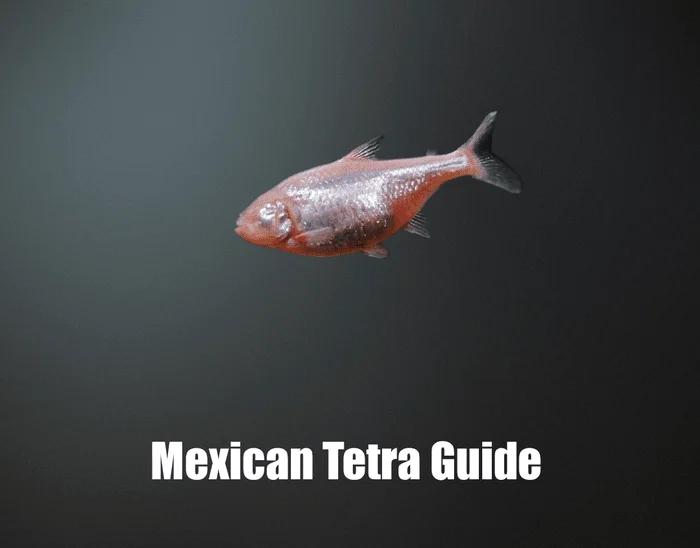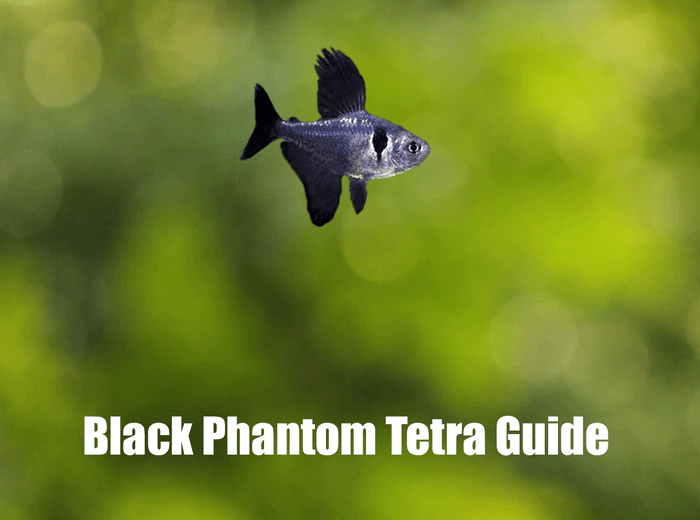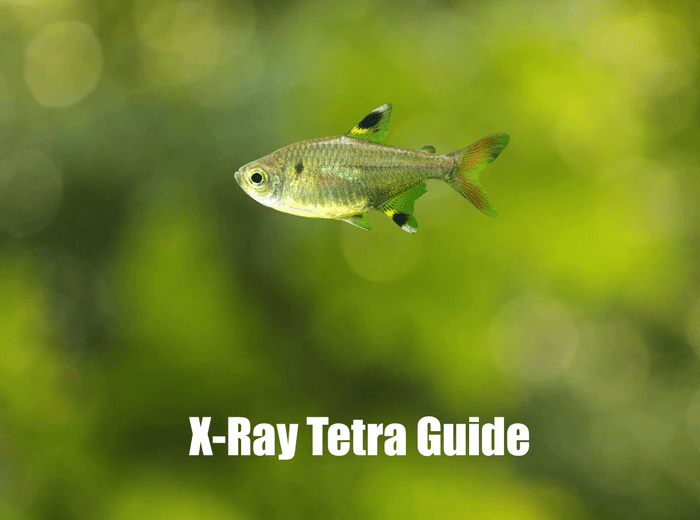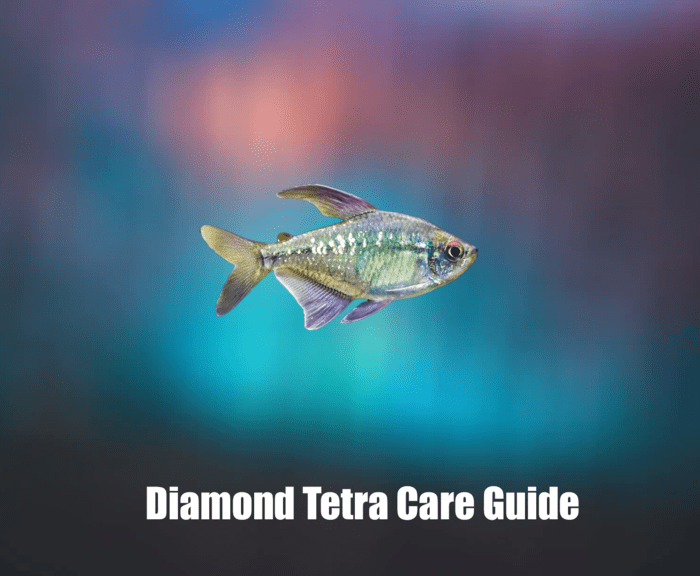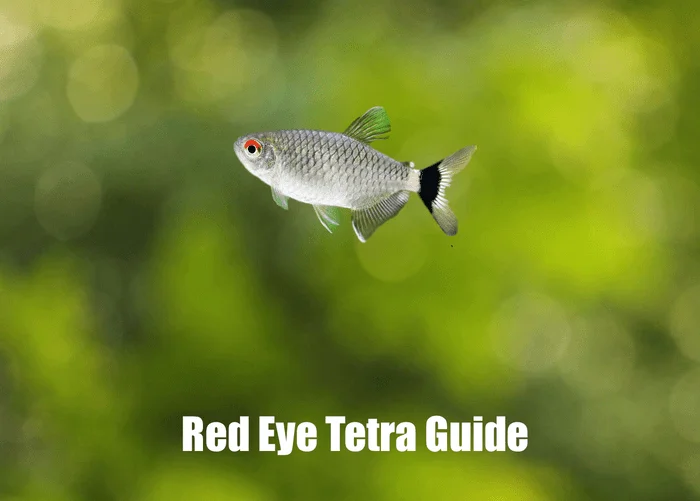Neon Tetra Tank Guide
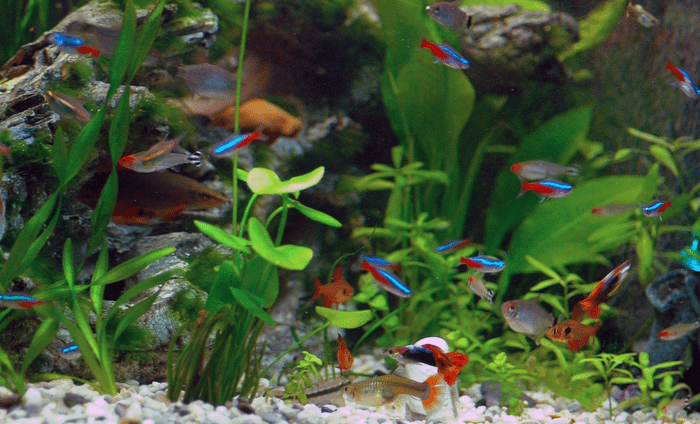
Neon Tetra Tank setup and maintenance is key to this fish thriving. Keep reading to learn how to master it with the Neon Tetra Tank Guide.
From tank size and water parameters to diet and common diseases, we will provide you with all the information you need to keep your Neon Tetras healthy and happy.
Let’s explore the best tank setup, tank ideas, compatible tank mates, diet, maintenance tips, and common diseases of Neon Tetras.
>>>>For the Full Ultimate Care Guide For Neon Tetra Click Here!
Key Takeaways:
- Provide a tank size of at least 10 gallons with proper filtration and aeration for neon tetras to thrive.
- Consider tank mates that are similar in size, temperament, and water conditions to avoid aggression and health problems.
- Variety is key in a neon tetra’s diet, including commercial food, live/frozen foods, and vegetable supplements to ensure optimal health.
Key Takeaways:
- Provide a tank size of at least 10 gallons with proper filtration and aeration for neon tetras to thrive.
- Consider tank mates that are similar in size, temperament, and water conditions to avoid aggression and health problems.
- Variety is key in a neon tetra’s diet, including commercial food, live/frozen foods, and vegetable supplements to ensure optimal health.
What is the Ideal Tank Setup for Neon Tetras?
.jpg_00.jpeg) Creating the ideal tank setup for neon tetras involves understanding their natural habitat, which can be closely replicated in a home aquarium. Tetra Guide, with its expertise in neon tetra tank setup, ensures that you have all the information needed to create a comfortable and thriving environment for your neon tetras.
Creating the ideal tank setup for neon tetras involves understanding their natural habitat, which can be closely replicated in a home aquarium. Tetra Guide, with its expertise in neon tetra tank setup, ensures that you have all the information needed to create a comfortable and thriving environment for your neon tetras.
Neon Tetra Tank Size and Shape
When choosing the tank size and shape for neon tetras, it’s essential to consider both the number of fish and their swimming needs.
For neon tetras, especially green and black varieties, a general rule of thumb is to provide at least 2-3 gallons of water per fish to ensure ample swimming space.
Therefore, a 5-gallon tank would be suitable for a small group of 5-6 neon tetras, while a larger school of 10 or more would thrive in a 10-gallon tank.
These tank sizes not only accommodate the number of fish comfortably but also allow for the recommended horizontal swimming areas that neon tetras prefer.
Water Temperature and pH Level
Maintaining the correct water temperature and pH level is crucial for the health and well-being of neon tetras.
Neon tetras thrive in water temperatures ranging from 72 to 78 degrees Fahrenheit (22 to 26 degrees Celsius). To keep them healthy, it’s important to monitor the water temperature regularly using an aquarium thermometer and adjust any fluctuations promptly.
Neon tetras prefer slightly acidic water with a pH level between 6.0 and 7.0. You can use a pH testing kit to measure the acidity level of the water and make necessary adjustments by adding pH buffers or conducting partial water changes to maintain the ideal pH balance.
Filtration and Aeration
Proper filtration and aeration are vital to keep the neon tetra tank water clean and oxygenated.
In terms of filters, there are various options to consider, including sponge filters, hang-on-back filters, canister filters, and even internal filters. Each type has its own set of advantages and maintenance requirements. For aeration, air stones or air pumps can help oxygenate the water and create a healthy environment for neon tetras to thrive. It is crucial to clean and replace filter media regularly to ensure optimal performance and prevent build-up of harmful substances. Similarly, air stones should be checked and cleaned to maintain efficient aeration in the tank.
Substrate and Decorations
Choosing the right substrate and decorations can significantly enhance the aesthetic appeal and functionality of a neon tetra tank.
For substrates, consider using fine sand or gravel to mimic the natural habitat of neon tetras, allowing for gentle burrowing and easy plant anchoring.
- Adding live plants such as Java Fern or Anubias not only provides hiding spots but also helps maintain water quality.
- Incorporating smooth rocks and driftwood can create natural barriers and add visual interest to the tank.
When setting up a planted neon tetra tank, arrange plants in clusters with open spaces for swimming, giving these vibrant fish both security and room to explore.
Best Neon Tetra Tank Ideas
Exploring various neon tetra tank ideas can help you create a beautiful and harmonious environment for your fish.
When designing your neon tetra tank, consider incorporating natural elements like live plants and driftwood to mimic their native Amazonian habitat. This not only enhances the aesthetic appeal of the tank but also provides hiding spots and entertainment for your tetras.
Experiment with different plant species such as Java Fern, Anubias, or Amazon Sword for added visual interest and oxygenation. To create depth and dimension, use a combination of foreground, midground, and background plants in your tank setup.
Adding a gentle filter and ensuring proper water parameters will contribute to a thriving ecosystem for your neon tetras.
Black Neon Tetra Tank Setup
.jpg_01.jpeg) Setting up a tank specifically for black neon tetras involves understanding their unique needs and compatibility with other fish.
Setting up a tank specifically for black neon tetras involves understanding their unique needs and compatibility with other fish.
Black neon tetras require a minimum tank size of 20 gallons to thrive, allowing them space to swim and explore. When selecting tank mates, opt for peaceful species like rasboras, small barbs, or certain types of livebearers to avoid any aggression. It’s crucial to provide ample hiding spots with plants and driftwood to mimic their natural habitat and ensure they feel secure. Maintaining a stable water temperature between 72-78°F and a slightly acidic pH level around 6.0-7.0 is essential for their well-being. Regular water changes and a well-filtered tank are also vital to keep their environment healthy and conducive to their growth and coloration.
What Other Fish Can Live with Neon Tetra?
Choosing the right tank mates for neon tetras is essential to maintaining a peaceful and balanced aquarium environment. Understanding the best neon tetra tank mates can help you create an ideal community tank.
Similar Sized and Peaceful Fish
Neon tetras thrive best with tank mates of similar size and peaceful demeanor.
Other fish species that are a good match for neon tetras in terms of size and temperament include the celestial pearl danio, ember tetra, and harlequin rasbora. These fish are all small and non-aggressive, making them ideal companions for neon tetras in a community tank. They share a similar peaceful nature and prefer to swim in the middle to upper levels of the tank, just like neon tetras. Having these compatible tank mates not only enhances the visual appeal of the aquarium but also creates a harmonious and stress-free environment for all the fish.
Fish That Prefer Similar Water Conditions
Selecting fish that prefer similar water conditions as neon tetras helps in maintaining a stable tank environment.
For instance, cardinal tetras and rummynose tetras are excellent tank mates for neon tetras as they share the same water temperature of around 72-79°F and pH level of 6.0-7.0. Other compatible species include cherry barbs, harlequin rasboras, and otocinclus catfish. Keeping fish that thrive in the same environment reduces stress and minimizes the chances of diseases, resulting in a harmonious tank ecosystem.
Fish That Do Not Prey on Neon Tetras
It’s crucial to avoid tank mates that might prey on neon tetras to maintain a safe and stress-free environment.
When selecting tank mates for neon tetras, it’s important to steer clear of aggressive or large fish species that could see the small tetras as potential snacks. Some common fish to avoid include bettas, angelfish, and larger cichlids. Opt instead for peaceful community fish like Corydoras catfish, small peaceful shrimp species, or schooling fish such as rasboras or guppies. These alternatives create a harmonious tank environment where neon tetras can thrive without fear of becoming a meal.
What Should Be the Diet of Neon Tetras?
A balanced diet is vital for the health and vibrancy of neon tetras, including a mix of commercial tetra food, live and frozen foods, and vegetable supplements.
Commercial Tetra Food
.jpg_10.jpeg) Commercial tetra food forms the staple diet for many neon tetras, providing essential nutrients.
Commercial tetra food forms the staple diet for many neon tetras, providing essential nutrients.
There are various types of commercial tetra food available to cater to the diverse dietary needs of these vibrant fish.
- Flakes:
- Pellets:
Flakes are a popular choice, as they are easy to feed and widely accessible. They come in different sizes and flavors, making it easier to meet the specific preferences of neon tetras. On the other hand, pellets are another common option, offering a concentrated source of nutrients in a compact form. Both options are formulated to provide essential vitamins, minerals, and proteins to support the health and vibrant colors of neon tetras.
Live and Frozen Foods
Incorporating live and frozen foods into the diet of neon tetras can enhance their health and coloration.
Live and frozen foods, like brine shrimp and bloodworms, are rich in essential nutrients that can contribute to the overall well-being of neon tetras. These foods mimic the natural diet of these fish, providing a variety of proteins, fats, and vitamins necessary for optimal growth and development.
- Feeding live foods can also stimulate the natural foraging behavior of neon tetras, promoting physical activity and mental stimulation.
- When offering frozen foods, it is essential to thaw them properly before feeding to ensure easier digestion for the fish.
- Experts recommend incorporating live or frozen foods into the diet of neon tetras a few times a week to supplement their staple diet of flakes or pellets. This variation in their diet can help prevent nutritional deficiencies and keep the fish active and vibrant.
Vegetable Supplements
Adding vegetable supplements to the diet of neon tetras can help in providing a well-rounded nutrition.
In terms of vegetable supplements suitable for neon tetras, options like blanched spinach, zucchini, and cucumber stand out as excellent choices. These vegetables are not only rich in essential nutrients like vitamins and fiber but also mimic the natural diet of neon tetras in the wild.
To prepare these supplements, simply blanch the spinach and cut the zucchini and cucumber into small, bite-sized pieces. This helps make them easily consumable for the tetras. These vegetables can be served raw or blanched, depending on the preference of your fish.
Feeding neon tetras these vegetable supplements can contribute to their overall health by supporting digestion and providing a varied diet. Remember to remove any uneaten portions to maintain water quality in the aquarium.
How to Maintain the Health of Neon Tetras?
Maintaining the health of neon tetras requires regular monitoring of water parameters, performing water changes, and quarantining new fish to prevent disease introduction.
Regular Water Changes
Performing regular water changes is crucial to maintaining a clean and healthy environment for neon tetras.
Water changes involve removing a portion of the aquarium water and replacing it with fresh, treated water. This process helps dilute toxins such as ammonia and nitrites that can build up in the tank and harm the fish. It also replenishes essential minerals and maintains water quality. For optimal health, it is recommended to conduct water changes of about 10-20% of the tank volume once a week. Consistent water changes contribute to a stable and safe living space for neon tetras, reducing stress and promoting vibrant colors and vitality.
Monitoring Water Parameters
Monitoring water parameters such as temperature, pH, and nitrate levels is essential to keep neon tetras healthy.
One of the most common tools to monitor these parameters is a test kit, which allows you to regularly check the levels in your aquarium water. For temperature, an aquarium thermometer is crucial, with the ideal range for neon tetras being between 72-78°F (22-26°C).
- For pH levels, a pH testing kit can help maintain the range of 6.0-7.0. If adjustments are needed, you can use pH buffers or adjust the water during water changes.
- Nitrate levels should be kept below 20 ppm, and regular water changes and proper filtration can help regulate this.
Quarantine New Fish
.jpg_11.jpeg) Quarantining new fish before introducing them to the main tank is a preventive measure to protect neon tetras from diseases.
Quarantining new fish before introducing them to the main tank is a preventive measure to protect neon tetras from diseases.
During the quarantine process, the new fish are isolated in a separate tank for a period usually ranging from 2 to 4 weeks. This duration allows for any potential diseases or parasites to manifest, making it easier to treat them before they can spread to the main tank.
The observation criteria during quarantine involve closely monitoring the behavior, eating habits, and overall health of the new fish. Any signs of illness or stress can be promptly addressed in the isolated environment.
Quarantine is crucial for maintaining a healthy tank environment as it helps prevent the introduction of diseases that can quickly spread and impact the existing fish population. By isolating and treating new fish before integration, the risks of disease transmission are significantly reduced.
Common Diseases and Treatments for Neon Tetra
Neon tetras are susceptible to various common diseases such as ich, fin rot, fungal infections, and parasites, which require prompt and effective treatments.
Neon Tetra Disease
Neon tetra disease is a devastating condition that affects the vibrant and beloved neon tetra fish, causing symptoms like color loss, erratic swimming, and muscle degeneration.
If you own these stunning little fish, understanding this disease is crucial to keeping your tank healthy and vibrant. Want to learn more about the symptoms, causes, and prevention methods?
Don’t miss our comprehensive guide on neon tetra disease! Click here to dive into the full article and ensure your neon tetras stay happy and healthy!
Ich (White Spot Disease)
Ich, also known as white spot disease, is a prevalent condition affecting neon tetras, characterized by white spots on the body and fins.
These white spots are actually cysts caused by a parasite called Ichthyophthirius multifiliis. The affected fish may exhibit symptoms such as flashing, rubbing against objects, and increased respiratory rate. In severe cases, fish can become lethargic and lose their appetite.
The parasite can be introduced into the tank through contaminated water, plants, or fish. Poor water quality and stress weaken the fish’s immune system, making them more susceptible to ich outbreaks. To treat ich, medications containing copper are often used, but it’s essential to follow dosage instructions carefully to avoid harming the fish.
Preventive measures include quarantining new fish before introducing them to the main tank, maintaining good water quality, and ensuring a stress-free environment for the inhabitants. Regular water changes and monitoring water parameters can also help prevent ich outbreaks.
Fin Rot
Fin rot is a common bacterial infection in neon tetras, leading to frayed and disintegrating fins if left untreated.
Common symptoms of fin rot include ragged edges on the fins, discoloration, inflammation, and even tissue erosion. These signs often start at the edges of the fins and gradually progress towards the fish’s body. The main cause of fin rot is poor water quality, which creates a conducive environment for bacteria to thrive. Stress, overcrowding, and injuries can also make neon tetras more susceptible to this infection.
To treat fin rot, the first step is to improve water conditions through regular water changes and proper filtration. The affected fish can be treated with antibiotics or commercial medications specifically designed to combat bacterial infections. It’s crucial to follow the instructions on the medication dosage carefully to ensure effective treatment.
To prevent fin rot from recurring, maintaining good water quality is paramount. Avoid overfeeding, keep the tank clean, and ensure proper filtration and aeration. Quarantine new fish before introducing them to the main tank to prevent the spread of infections. By staying vigilant and proactive, fish owners can help their neon tetras stay healthy and vibrant.
Fungal Infections
Fungal infections in neon tetras manifest as white or grayish patches on the skin and fins.
These infections are usually caused by environmental stress, poor water quality, or introduction of contaminated materials. To identify fungal growth early, observe changes in fish behavior and appearance, such as reduced activity or appetite. When treating fungal infections, it is crucial to quarantine the affected fish to prevent spreading the disease to others in the aquarium. Use antifungal medications as recommended by a vet or an experienced fish keeper based on the severity of the infection.
To maintain water quality and prevent fungal growth, regular water changes and proper filtration are essential. Monitor water parameters such as pH, ammonia, and nitrate levels, as imbalances can contribute to fungal outbreaks. Avoid overfeeding, as uneaten food can decompose and create conditions favorable for fungal pathogens. Ensure that tank decorations and substrate are clean and free of organic debris, which can harbor harmful fungi.
Parasites
Parasites can cause significant health issues in neon tetras, leading to symptoms like weight loss, lethargy, and visible parasites on the body.
Common parasites that often affect neon tetras include Ich (white spot disease), Hexamita, and gill flukes. These parasites can weaken the immune system of the fish, making them more susceptible to infections and other health problems. To treat parasite infestations, medications such as anti-parasitic agents or antibiotics may be necessary. Prevention is key in maintaining the health of neon tetras. Maintaining a clean aquarium, quarantining new fish before introducing them to the tank, and ensuring proper water parameters can help prevent parasite outbreaks.
Conclusion
Providing optimal care for neon tetras involves a comprehensive understanding of their tank setup, dietary needs, compatible tank mates, and health maintenance.
Creating a suitable tank environment includes maintaining stable water parameters, a well-filtered tank, and the optimal water temperature of around 72-78°F. Neon tetras thrive in schools, so it’s essential to have a group of at least six to reduce stress and promote natural behavior.
In terms of feeding, a varied diet consisting of high-quality flake food, freeze-dried bloodworms, and live food like daphnia or brine shrimp is key to their well-being. Introducing compatible tank mates such as small peaceful species like guppies or Corydoras can help create a harmonious ecosystem.
Frequently Asked Questions
1. What is a Neon Tetra Tank Guide?
A Neon Tetra Tank Guide is a comprehensive resource that provides information and tips on setting up and maintaining a tank specifically for Neon Tetra fish. It covers everything from tank size and water parameters to tank decorations and recommended tank mates.
2. Do Neon Tetras require a specialized tank setup?
Yes, Neon Tetras have specific tank requirements in terms of water quality, temperature, and tank size. A Neon Tetra Tank Guide can help you understand these requirements and create a suitable environment for your fish to thrive in.
3. Can I add other fish to a tank with Neon Tetras?
Yes, but it is important to carefully select tank mates that are compatible with Neon Tetras. A Neon Tetra Tank Guide can recommend suitable tank mates and provide advice on how to introduce them to the tank.
4. How many Neon Tetras can I keep in a tank?
The recommended number of Neon Tetras in a tank depends on the tank’s size and the fish’s individual needs. A Neon Tetra Tank Guide can provide guidance on the appropriate number of fish for your specific tank setup.
5. What type of tank decorations are suitable for Neon Tetras?
Neon Tetras prefer a well-planted tank with plenty of hiding spots. Live plants, driftwood, and rocks are excellent choices for tank decorations. A Neon Tetra Tank Guide can offer suggestions on suitable decorations and their placement in the tank.
6. Are there any specific maintenance tasks for a Neon Tetra tank?
Maintaining a healthy tank for Neon Tetras requires regular water changes and monitoring of water parameters. A Neon Tetra Tank Guide can provide a maintenance schedule and offer tips on how to keep the tank clean and balanced for your fish.
Share Your Tetra Experiences
Do you have any stories or tips about your Tetra tank? Share them in the comments below!
Help Others Discover This Guide
Navigate the Tetra in your tank with confidence. This guide is your pathway to creating a vibrant and healthy aquatic showcase. Enjoy the dazzling colors and lively nature of these unique fish!

